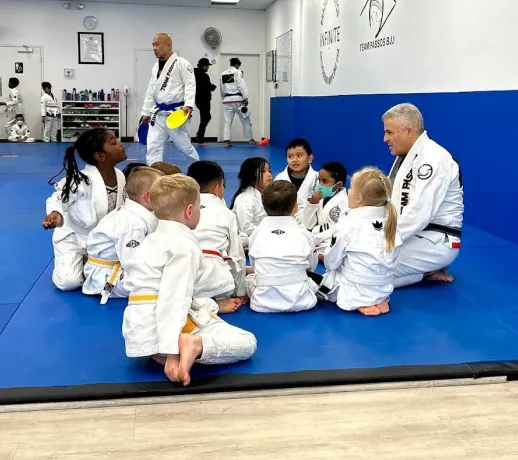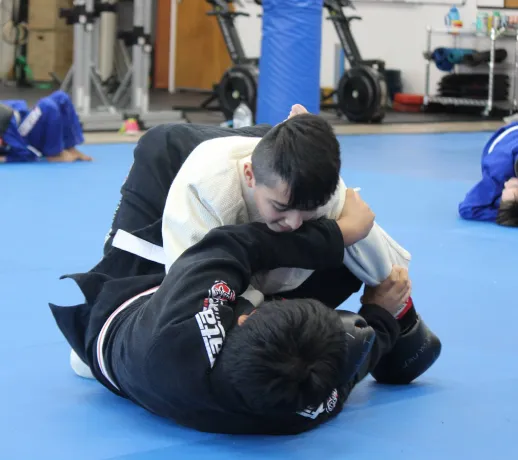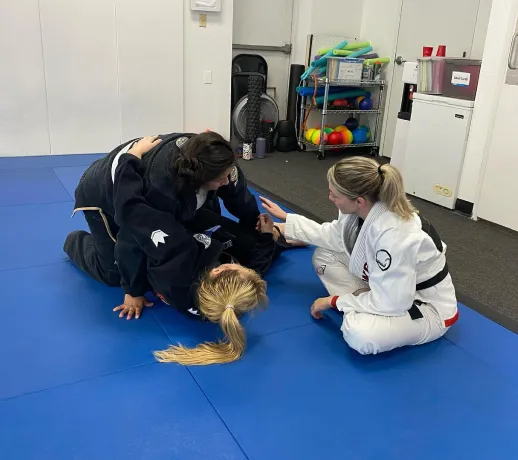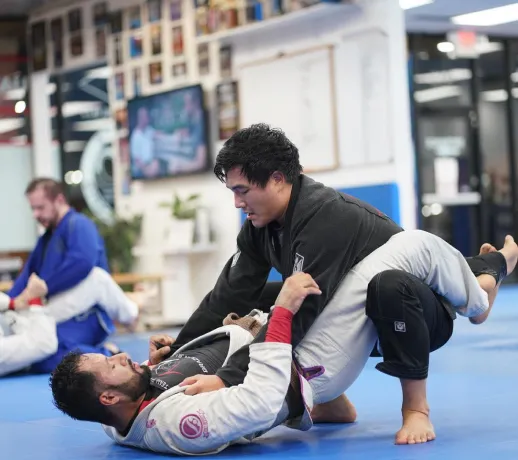UNLOCK YOUR POTENTIAL
WITH INFINITE BRAZILIAN JIU JITSU

WELCOME TO INFINITE BRAZILIAN JIU-JITSU
Infinite Brazilian Jiu-Jitsu in Gaithersburg is your premier center for martial arts excellence. Here, we embrace students of all ages, from young children to adults, providing a supportive environment where fitness, self-improvement, and self-defense skills are paramount. Our experienced instructors are dedicated to guiding each student through their martial arts journey, regardless of experience level. Emphasizing values like respect, discipline, and confidence, we ensure that your learning experience is not just about physical skills but also about personal growth. Take advantage of our free trial offer to experience the transformative power of Brazilian Jiu-Jitsu. Join us and become part of a community that is passionate about martial arts and personal development.
BJJ PROGRAMS
BJJ CLASSES FOR EVERY SKILL LEVEL
At Infinite Brazilian Jiu-Jitsu, our diverse martial arts classes are designed to energize and engage both adults and children. They're a perfect blend of fitness and focus enhancement, coupled with the empowering skill of self-defense. Join us to boost confidence and achieve fitness goals in a dynamic, supportive environment.
COMMUNITY REVIEWS
REAL RESULTS, REAL VOICES
This place has honestly become my second home, i train here everyday even if I’m late. In the most non dramatic way, this place has saved my life, I have severe depression and if it weren’t for “infinite fighting concepts bjj” i don’t know where I would be right now, I came from hanging out on the block with gangs to having a brotherhood with people I haven’t known for a long time.
Ivan H.
Customer
Professor Jeff and the rest of the coaches are great! Infinite BJJ definitely increased my son’s confidence and discipline in the past few years.
JC
Customer
The best place to practice jiujitsu is one that you enjoy going to. That environment was provided by IFC. Instructors are friendly people who will always welcome you into their home.
Liam A.
Customer
ABOUT US
At Infinite Brazilian Jiu Jitsu, we're more than just a martial arts gym; we're a community dedicated to the art of Brazilian Jiu Jitsu.
QUESTIONS?
Infinite Brazilian Jiu Jitsu
311 Muddy Branch Rd
Gaithersburg, MD 20878




